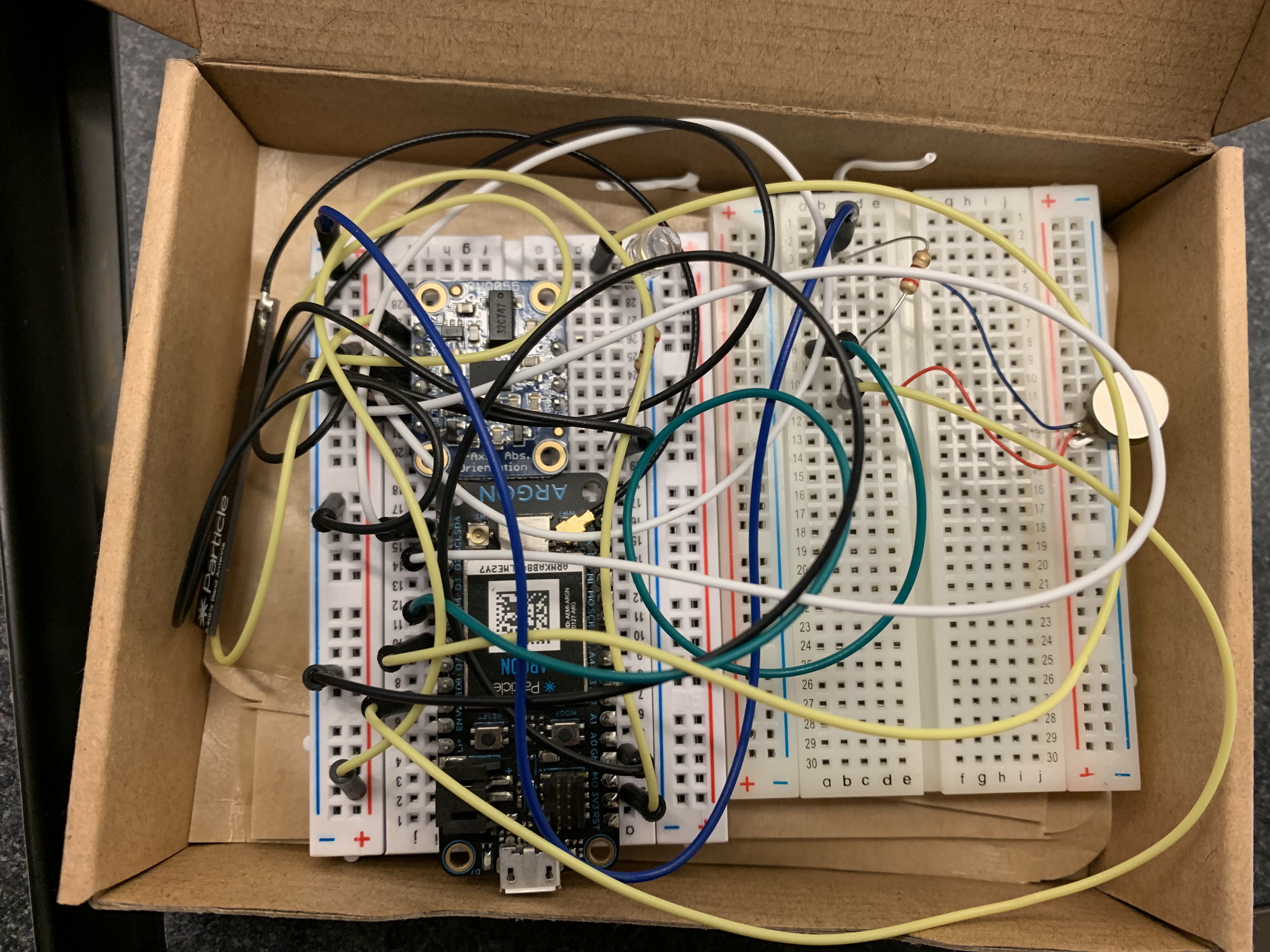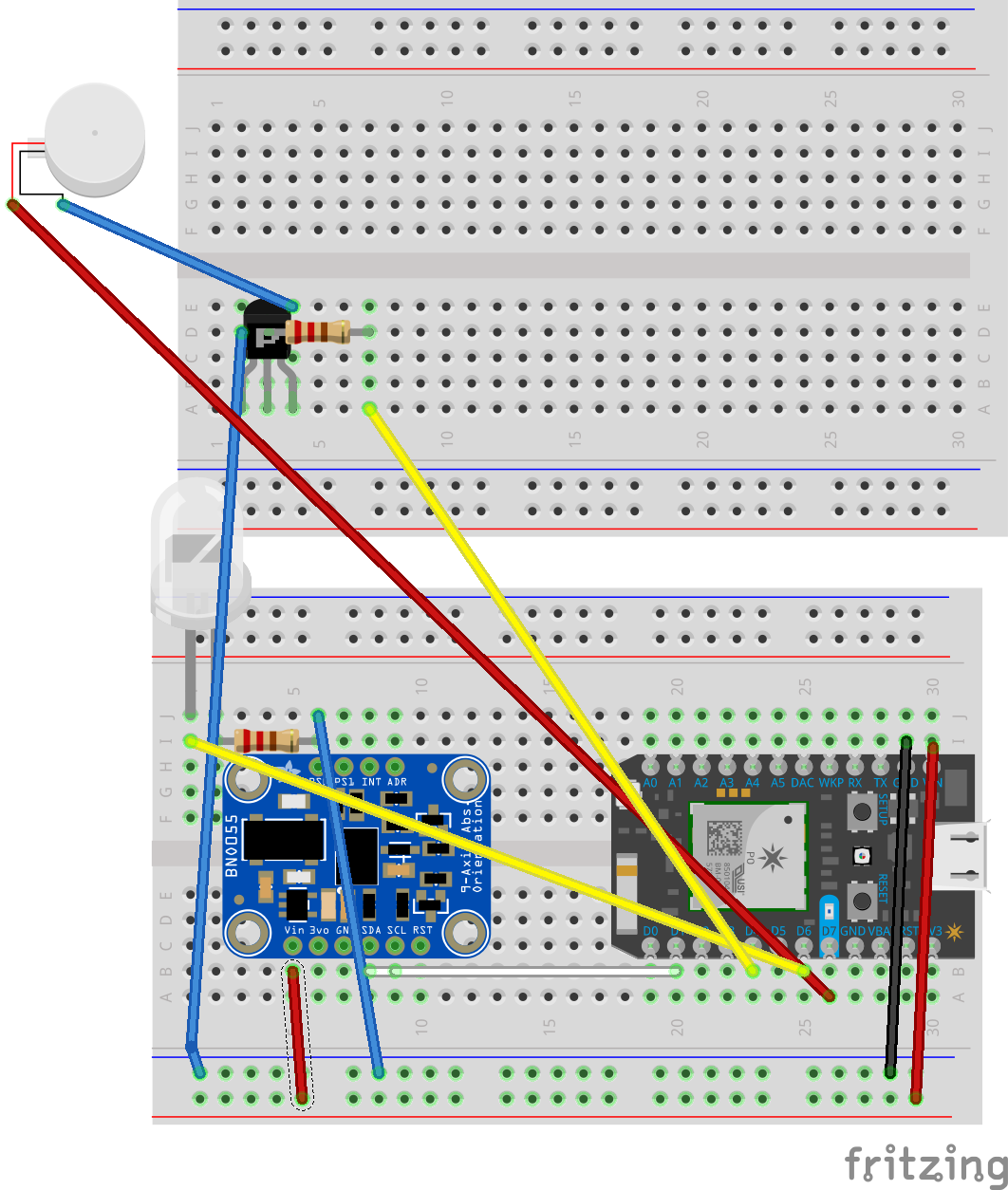Intention
Write about the big ideas behind your project? What are the goals? Why did you make it? What are your motivations?
I wanted to take on the challenge of designing an IoT object that did not just solve an efficiency need, but played a more significant, albeit nuanced role in the world. As Nansen and Bjorn mention in their article An Internet of Social Things, "It is important to note that objects are part of socio-material networks that impact on human relations- without humans in their networks, their impact is inconsequential, at least to us humans"[1]. I also wanted to design for a social network that is familiar to me that is not usually designed for. My motivation was to bring relevant information to a user in a way that current tactics are either too cumbersome or involve an app. How might we create IoT devices that play a role in spiritual contexts and spaces?

